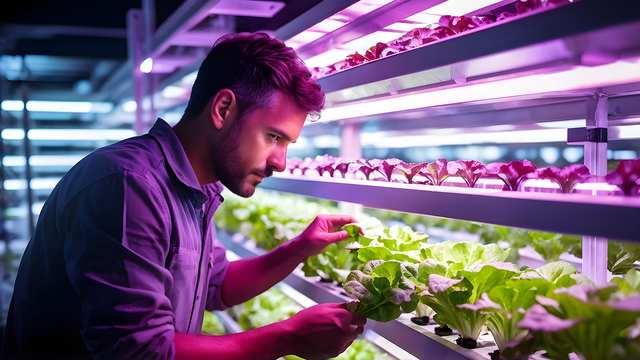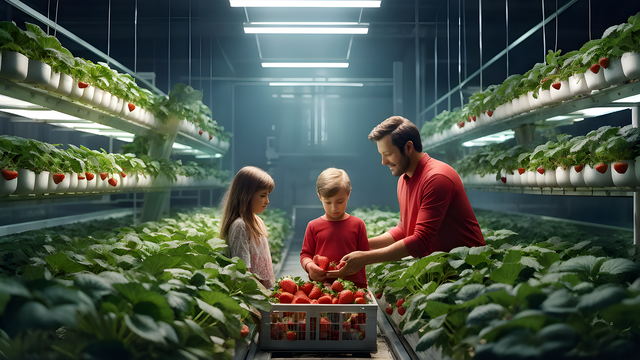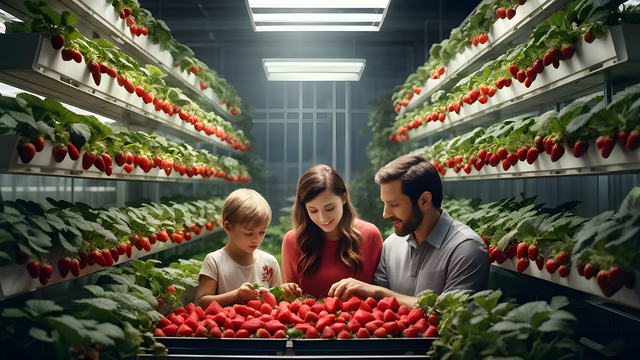Basic Knowledge in Agriculture #32
What do you understand by vertical farming.
Vertical farm is an alternative to conventional farming, in which crops are grown in organized stacks inside buildings, shipping containers or warehouses, all in controlled settings. Hydroponics, aeroponics and artificial LED lamps are used in this way to help plants grow fast and efficiently without the need for soil, instead of natural sunlight. Since vertical farming takes less space, it’s very convenient for cities where area is limited. It cuts down on water, pesticide usage and vehicles by encouraging local food harvest near the place it’s used.
Owing to its controlled environment, agriculture can produce the same yields all year across seasons and climates. Food grown in vertical farms leads to emissions that are much lower than typical farming and food distribution. Even though farm automation costs a lot to start and takes effort, improvements in technology are helping it become more cost-effective. In general, vertical farming provides a reliable and sustainable way to provide enough food for the people living in cities.
Benefits of Vertical Farming.
Vertical farming is a more environmentally pleasant choice compared to conventional farming. The main advantage is that the system makes use of limited urban land by building crops over one another. Aeroponics is 90% more water efficient than traditional farming. Because harmful pesticides are not applied, food grown vertically is both good for your health and free from possible dangers.
Year-long cultivation is possible thanks to controlled environments which means the crops always give stable results. Farming near where people live saves on transport and lowers the release of carbon emissions. Shorter supply routes allow less food to be wasted. Vertical farms provide chances for the local workforce to become involved and for useful new developments. Even though energy use is high, progress in both renewable energy and automation increases how both are used and saves money.
Challenges in vertical Farming.
Although vertical farming is beneficial, it comes with many difficulties. A main problem in the industry is the expense required to install technology, manage lighting and gain control over the environment before filming. It’s also a worry that air conditioning and lighting can lead to high energy bills and impact both the environment and the economy.
Since complex systems like hydroponics and aeroponics require correct technical knowledge, the method is not available to many. Growing some produce that has particular space or environmental needs may be difficult at vertical farms. Few crop options can hurt a farmer’s earnings. Failures within the system can cancel production and using technology can create problems. It is still challenging to make great quantities of food profitable without limiting innovation.
Thanks for reading my post I'm inviting
@muhammad-ahmad
@ahsansharif
@abdullahw2
To participate in this contest.



Welcome to Steem-Agro! Here is your assessment:
MOD's Comment/Recommendation:
Note: We also suggest, if you are new to the platform, that you read the 3 newly pinned posts in the Newcomers' Community which contain many guides and tips to help you get set up quickly and don't forget to share your content on other social networks like X.com to help promote the platform.
Remember to engage with other users by making valuable comments. This will increase your chance of receiving rewards and attention.
Remember to always share your post on Twitter using these 3 main tags: #steem #steemit $steem